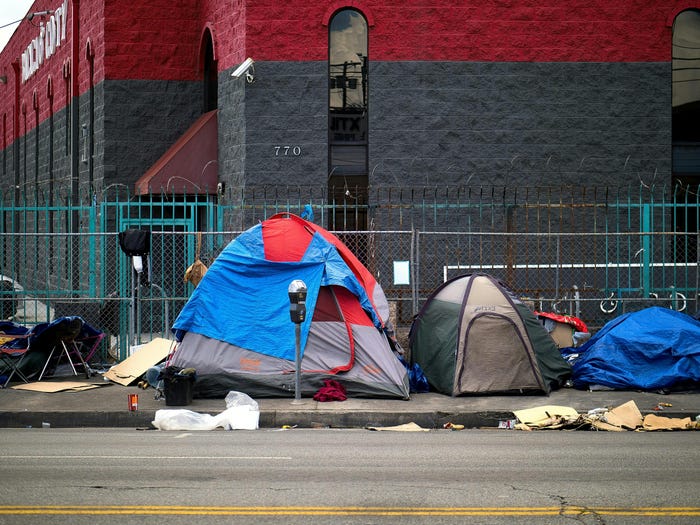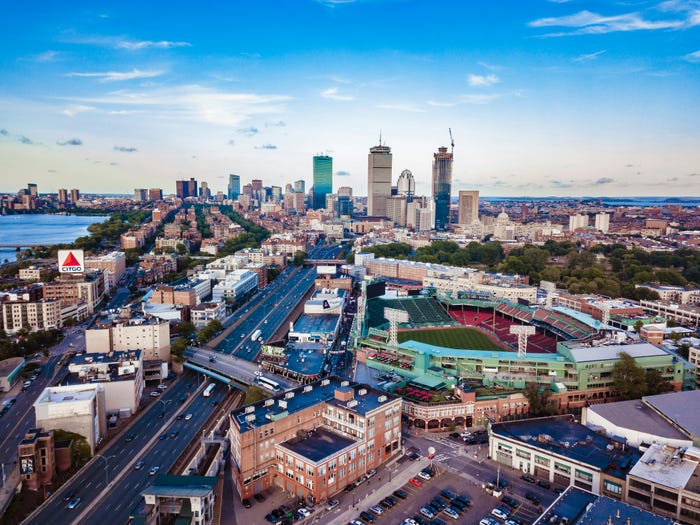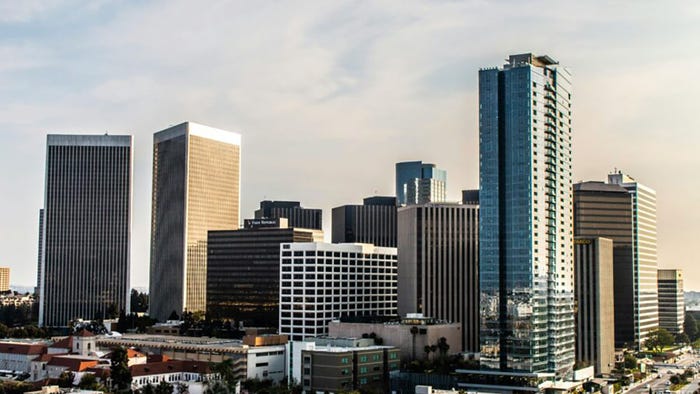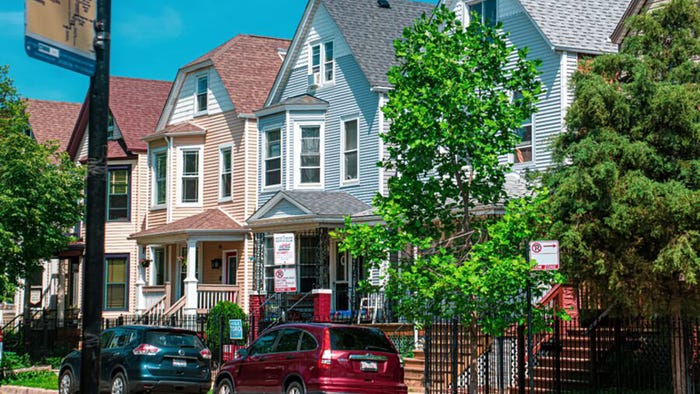Engineering modifications meet unique challenges of tunnel lighting projectEngineering modifications meet unique challenges of tunnel lighting project
Tunnel lighting is a unique subset of roadway illumination that must address the complex safety challenges within the tunnel.

The main goal of tunnel illumination is to safely support drivers’ comfort and visual perceptions. Tunnel lighting ranks among the most challenging of lighting applications. Not only does the intricate tunnel topology, with its “Black Hole” effect and critical transition zones, require painstaking attention to detail, but also the tough, corrosive atmosphere caused by a combination of pollutants, moisture, chemicals and galvanic coupling differences (electrolytic ionization) add to the challenge. Luminaires installed in this type of environment can deteriorate rapidly, causing unsafe tunnel conditions. Reliable lighting designed to last for many years is critical, especially in an area where access is restricted, and minimal maintenance is a must.
Tunnel lighting is a unique subset of roadway illumination that must address the complex safety challenges within the tunnel. A well-designed approach zone supports the drivers’ visual adaptation by considering the degree of natural light at the tunnel’s entrance, or threshold zone. The luminaires are then adjusted by zone to maintain the drivers’ visual perception throughout the threshold and interior zones, where light levels gradually decrease, allowing the drivers’ eyes to slowly adapt. Additional considerations include understanding how the light works with governed speed, its reflectance off pavement and walls, and the long-term impact of dirt on its performance. Working within tight government budgets to ensure the products selected are the most efficient and highest quality, while also meeting unique project requirements, is often challenging.
Understanding the science of the space
The human eye requires more time to adapt from brightness to darkness than the reverse. For this reason, tunnel lighting must gradually transition to interior light levels. During nighttime hours, the area outside the tunnel is dark, whereas interior levels are similar to those of an illuminated, open roadway, making the transition inherently gradual. Tunnel lighting is comprised of distinct zones, each with unique lighting needs.
The first zone, the approach zone, consists of the fixation or point from which the driver fixates on the opening of the tunnel to identify tunnel roadway hazards. This is the point where adaptation begins. During daytime hours, drivers’ eyes may have to adapt from more than 10,000 footcandles to less than one percent of that level very quickly, while traveling at a high rate of speed. To facilitate this, the design of this zone must include the approach, which extends from the point that the tunnel opening becomes the principal feature in the driver’s field of vision, also known as the adaptation point, to the actual entrance of the tunnel.
The adaptation distance is the distance between the adaptation point and the portal, which is the plane of entrance into the tunnel, where the roadway changes from uncovered to covered. The first phase of visual adaptation occurs in the threshold zone as the driver enters the tunnel. The lighting levels in this zone are specified in CIE 88 2004, and depend upon the length of the tunnel, the Average Annual Daily Traffic (AADT), wall reflectances, and whether cyclists are present or the exit is visible.
The second zone inside the tunnel is the transition zone, in which ambient illumination decreases from the relatively high levels found in the threshold zone to the lower levels found in the interior zone. In this zone, the light levels are decreased in stages, allowing the driver’s eyes time to adapt. The total length of the transition zone may be equivalent to 25 seconds of travel time.
The interior zone is comprised of the light level required for the remainder of the tunnel, once eye adaptation has been completed in the preceding transition zone. The eyes’ ability to adapt from dark to light occurs very quickly in the exit zone, although higher light levels are sometimes specified to help adapt back to higher exterior illuminance levels. Exit zone lighting may or may not be required depending on local codes and practices.
Tunnel lighting in action
In Chicago, where Hubbard Street crosses over the Kennedy Expressway, there is a long underpass popularly known as Hubbard's Cave. The underpass is about a quarter of a mile in length, extending from Hubbard Street to Wayman Street. Hubbard’s Cave is a triple-decker infrastructure sandwich that passes beneath railroad tracks and parking lots; even entire warehouses are perched over this vital Chicago motor artery. The tunnel was very dark until lights were added in 1962, and because renovations to the lighting haven’t been made since then, IDOT slated the update as part of Chicago’s $150 million, three-year Kennedy Expressway construction project.
In January 2023, Chicago-based Meade, a premier electrical firm, was awarded a contract to upgrade Hubbard’s Cave’s 62-year-old, 1,180 high-pressure sodium suspended-mounted luminaires and 104 wall-mounted fixtures. Meade then issued an RFP for the re-light project and Kenall Manufacturing (Kenall)—whose lights coincidentally were originally installed in 1962—reviewed the requirements and outlined a program that would meet the project’s needs. Along with three other manufacturers, Kenall submitted a proposal and was awarded the project.
To stay within IDOT’s tight budget, accommodate the unique mounting between the I-beams and meet the very high lighting output requirements, Kenall’s engineers modified the LED luminaire to include lens and light engine variations and a customized, adjustable mounting. Originally only available with a maximum 16,000 lumen output, the modified luminaire now distributes 25,000 lumens at the brightest point in Hubbard’s Cave. The lighting system is also installed on the walls, but with a lower lumen output. The LED luminaire has the signature features of Kenall’s most durable tunnel luminaires but the cast aluminum housing makes it more budget friendly. This durability and 100,000-hour LED lifetime are critical in tunnel lighting due to inherent inaccessibility and maintenance challenges.
Prior to installation, Kenall provided Meade with modified fixtures to test the ceiling mounting, ensuring this process would go smoothly when the lanes were closed. This was critical since more than 325,000 travelers pass through the tunnel daily. Lane shifts and overnight lane closures occurred to accommodate the lighting installation and painting upgrade; the teams worked so efficiently that motorists were only affected for a few months. The end result is a safer, more resilient infrastructure throughout the tunnel long after the cones and barricades were removed.







